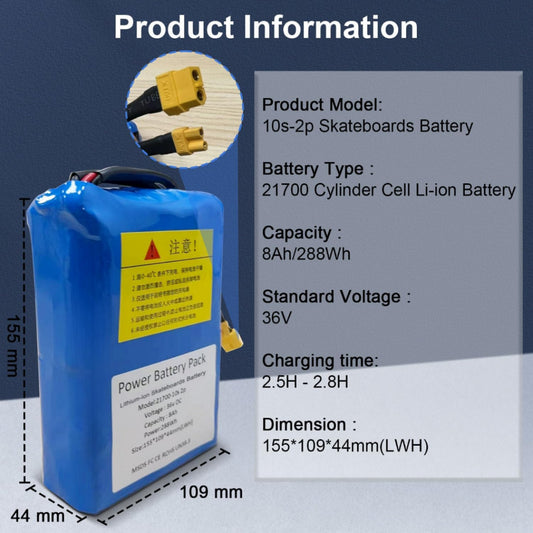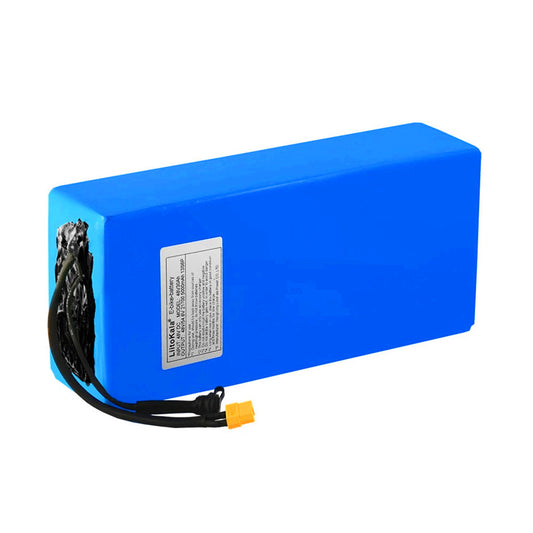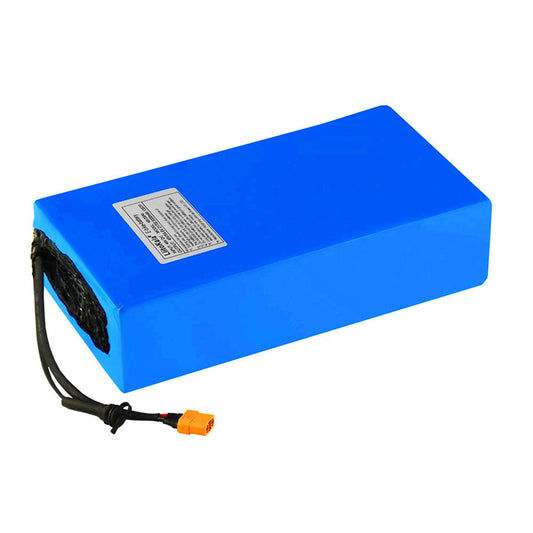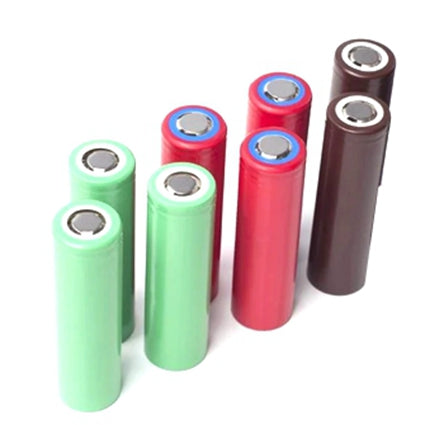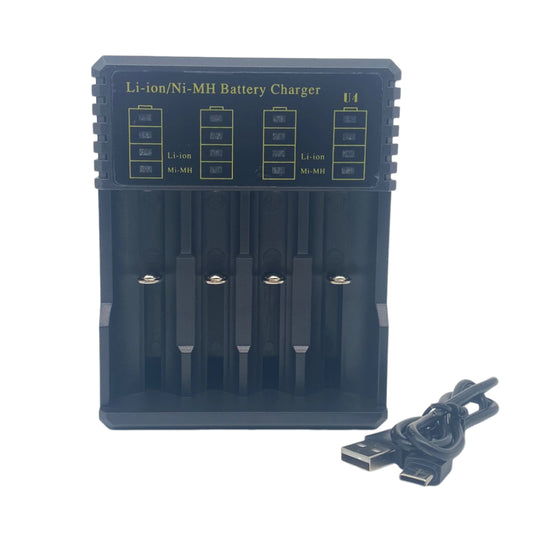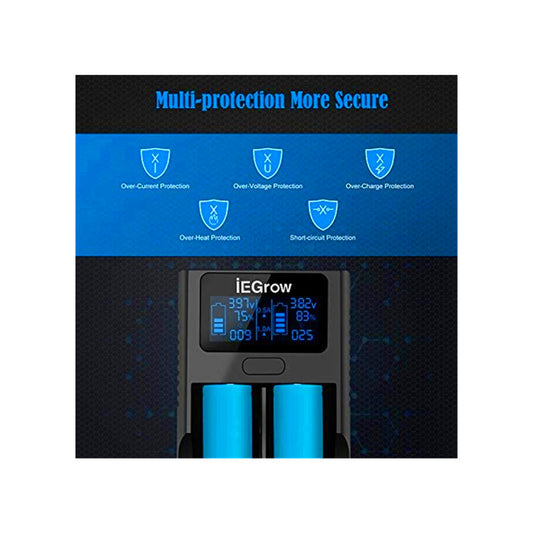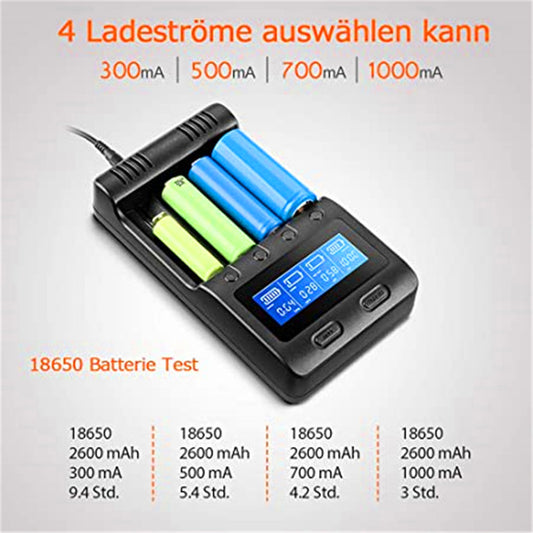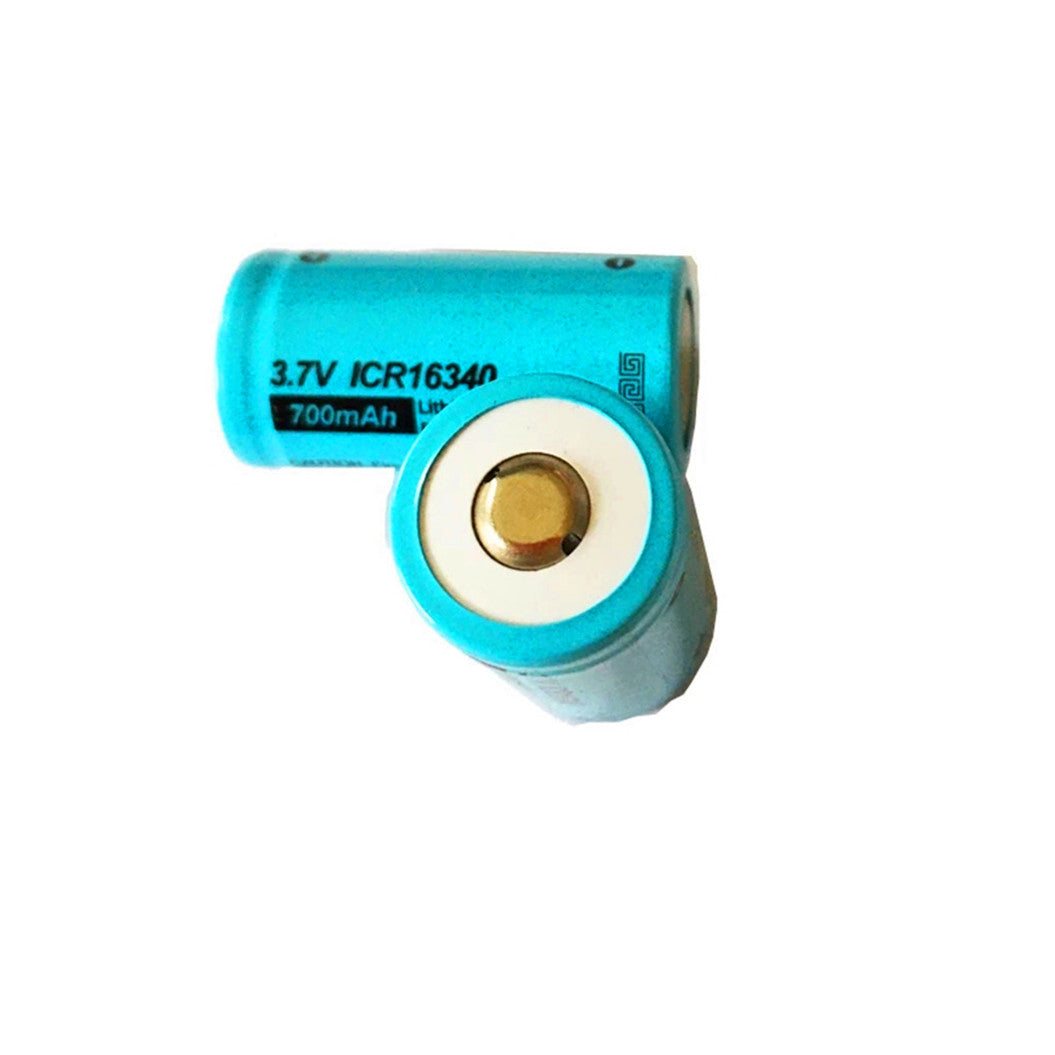-
Vendor:BATTERYINT
10PCS 3.7v 700mah li-ion battery for LED flashlight, headlight, mechanical mod, flashlight
- Regular price
- $30.84
- Regular price
-
- Sale price
- $30.84
- Unit price
- per
10PCS 3.7v 700mah li-ion ba...
Showing 13 of 13 items
1. What is the difference between a 16340 battery and a CR123A battery?
The main difference between a 16340 battery and a CR123A battery lies in their chemical composition and voltage. A 16340 rechargeable battery is a lithium-ion battery that typically outputs 3.7V, making it ideal for reuse in high-demand devices. On the other hand, a CR123A battery is a primary (non-rechargeable) lithium battery with a standard voltage of 3.0V. While they share similar dimensions, the 16340 battery is suited for devices requiring a rechargeable solution, while the CR123A battery is designed for single-use applications that need reliable, long-lasting power.
2. Are 16340 and CR123A batteries the same size?
Yes, the 16340 battery and CR123 battery are very similar in size, which is why they can sometimes be used interchangeably in certain devices. The 16340 rechargeable battery has a diameter of approximately 16 mm and a length of 34 mm, closely matching the CR123A battery dimensions. This size similarity allows them to fit into many of the same devices; however, it’s important to consider the voltage difference between the 16340 battery and the CR123 battery before substituting one for the other, as the 3.7V of the 16340 may not be compatible with devices that require the 3.0V CR123A.
3. Can I use a li-ion 16340 battery in place of a CR123 battery?
You can use a li-ion 16340 battery in place of a CR123A battery in certain devices, provided they can handle the higher voltage of the 16340 battery. While the size of the 16340 battery and the CR123A battery is nearly identical, the voltage is different, with the 16340 typically offering 3.7V compared to the CR123A’s 3.0V. Some electronics may not safely accommodate this higher voltage, so it’s essential to check your device’s specifications and manufacturer recommendations before using a li-ion 16340 battery in place of a CR123A battery.
4. What are the primary applications for 16340 rechargeable batteries?
16340 rechargeable batteries are commonly used in high-drain devices that benefit from a rechargeable power source, such as LED flashlights, laser pointers, certain cameras, and electronic cigarettes. These lithium-ion batteries offer a high energy density and longer-lasting power compared to traditional alkaline batteries. Because the 16340 battery is rechargeable, it’s especially cost-effective for devices that require frequent battery changes, reducing both the financial and environmental impact associated with disposable batteries like the CR123 battery.
5. Why would someone choose a CR123A battery over a 16340 battery?
A CR123A battery is often chosen over a 16340 battery when stability and a long shelf life are priorities. Since CR123A batteries are non-rechargeable, they have a low self-discharge rate, making them ideal for emergency devices, security systems, and cameras that don’t require frequent battery replacements. Additionally, a CR123A battery tends to perform better in extreme temperatures, making it a dependable choice for outdoor or long-term storage applications, where a 16340 rechargeable battery might not be as suitable due to its need for regular charging.
6. Are 16340 rechargeable batteries safe to recharge?
Yes, the li-ion 16340 battery is specifically designed for repeated charging cycles, making it a safe and efficient choice for devices that need continuous power. As a lithium-ion battery, the 16340 battery is built to handle multiple charges if used with a charger designed for Li-ion cells. It’s crucial to use a compatible charger with safety features such as overcharge protection to avoid potential hazards. Proper charging practices can help extend the life of the li-ion 16340 battery and ensure safe, reliable performance.
7. How long does a 16340 battery last compared to a CR123A battery?
The lifespan of a 16340 battery compared to a CR123A battery depends on usage patterns and the number of recharge cycles. A single CR123A battery typically provides longer initial runtime per charge since it has a larger capacity and does not need to be recharged. However, the 16340 rechargeable battery can be used hundreds of times, making it more cost-effective over the long term. While the CR123A battery might offer a longer shelf life, the 16340 rechargeable battery is better suited for devices with frequent use, as it can be reused multiple times, ultimately providing a longer overall lifespan.
8. Can I use a regular lithium-ion charger for my 16340 rechargeable batteries?
Yes, you can use a regular lithium-ion charger for your li-ion 16340 battery, provided the charger supports the voltage and charging requirements of 16340 batteries. Many lithium-ion chargers accommodate a range of cell sizes, including the 16340 battery. Make sure the charger has safety features such as overcharge protection, which helps prevent damage to the battery and prolongs its lifespan. It’s always best to check the charger specifications to ensure compatibility with your li-ion 16340 battery.
9. What are the environmental benefits of using 16340 rechargeable batteries over CR123A batteries?
Using a li-ion 16340 battery offers significant environmental benefits compared to a CR123A battery, as it can be recharged and reused many times. By opting for the 16340 battery, you reduce waste and the need for single-use batteries, which often end up in landfills. In contrast, the CR123A battery is disposable and contributes more to environmental waste over time. Choosing a li-ion 16340 battery helps decrease the environmental impact of battery disposal and supports more sustainable energy practices.
10. How can I determine if my device supports a 16340 battery instead of a CR123A battery?
To determine if your device supports a 16340 battery instead of a CR123A battery, check the device manual or specifications for voltage and battery type. Devices that specify 3.0V batteries may not be compatible with the 3.7V output of the 16340 rechargeable battery. Some devices will indicate compatibility with both types, but when in doubt, consult the manufacturer or search for information specific to your device. Ensuring the device can handle the voltage of a 16340 battery is essential for safe and effective operation.



